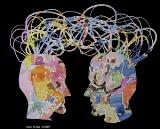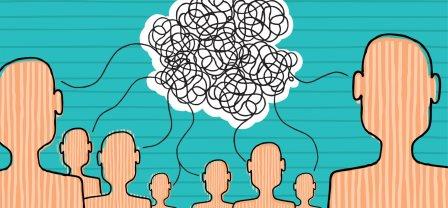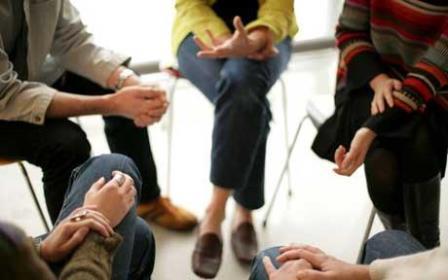Communication Changes after ABI
Communication is unavoidable. Whether it is verbal or non-verbal, we are constantly expressing ourselves in so many ways. Communication is fundamental to successful roles in the home, in the workplace and in social situations; it allows us to share information and ideas; it enables us to express our identity; and it helps us to establish and maintain relationships. And because there are many ways to communicate, there are many ways that communicative difficulties can arise after an acquired brain injury.
Sometimes subtle, and sometimes obvious, the impact of communication difficulties on a person’s life after an acquired brain injury (ABI) can be far-reaching.
|
|
The specific type of communication difficulty each person experiences will vary, and will depend on the area of the brain affected and how severely damaged the area is.
If a person experiences an ABI on the left side of their brain, they are more likely to experience communication difficulties, as the areas responsible for speech and language function are located on the left side (or hemisphere) of the brain.
Communication difficulties can be broadly classified into areas such as speech, language and voice. Specific communication impairments within these areas are given more specific names, such as dyspraxia and dysarthria (speech impairments), aphasia and pragmatics and dysphonia and vocal fold paralysis. Sometimes people experience difficulties across a combination of these areas.
When one or a combination of communication difficulties exist, the impact can be significant. For example, people may experience:
- Loss of identity and sense of self
- Social isolation & reduced community participation
- A decline in mood, with symptoms of depression and / or anxiety
- Frustration, and at times the emergence of challenging behaviour
- Difficulty accessing services in the community (e.g. Centrelink, medical or legal services)
Information, support and ideas for understanding, managing, preventing and living with these changes are a key focus of community rehabilitation at ABIOS.
ABIOS provides the following services to assist individuals with brain injury, family and carers, and community services:
- Consultancy: ABIOS can provide professional advice as to what strategy or service the person could benefit from to improve their communication, as well as practical strategies to help improve the communicative environment. This can be contextual, and can include training or educating communication partners or services that the person accesses. Consultancy may also result in a referral for specialist advice (e.g. Alternative and Augmentative Communication)
- Resources: ABIOS has developed a range of practical resources to assist in understanding and managing communication impairments. The resources are aimed at three key groups: people with acquired brain injury, family & carers, and community services (therapy, medical, respite, housing, lifestyle support, vocational, and study or school). These resources are available through our website or by directly contacting our service.
- Support: As part of a rehabilitation program ABIOS can provide direct and holistic advice to the person with the ABI, using a goal-oriented functional approach. Support can also be indirect; that is working collaboratively with other health professionals, families, carers and service providers to educate and support the environment around the person with the ABI to increase the person’s accessibility and participation.
The following resources provide information sheets about a range of topics related to understanding acquired brain injury, and in particular, understanding changes in communication.
 |
|
| ||
For eligibility for an ABIOS service please read Direct Client Services.
To arrange training from ABIOS please read ABI Education.
Contact ABIOS
abios@health.qld.gov.au


